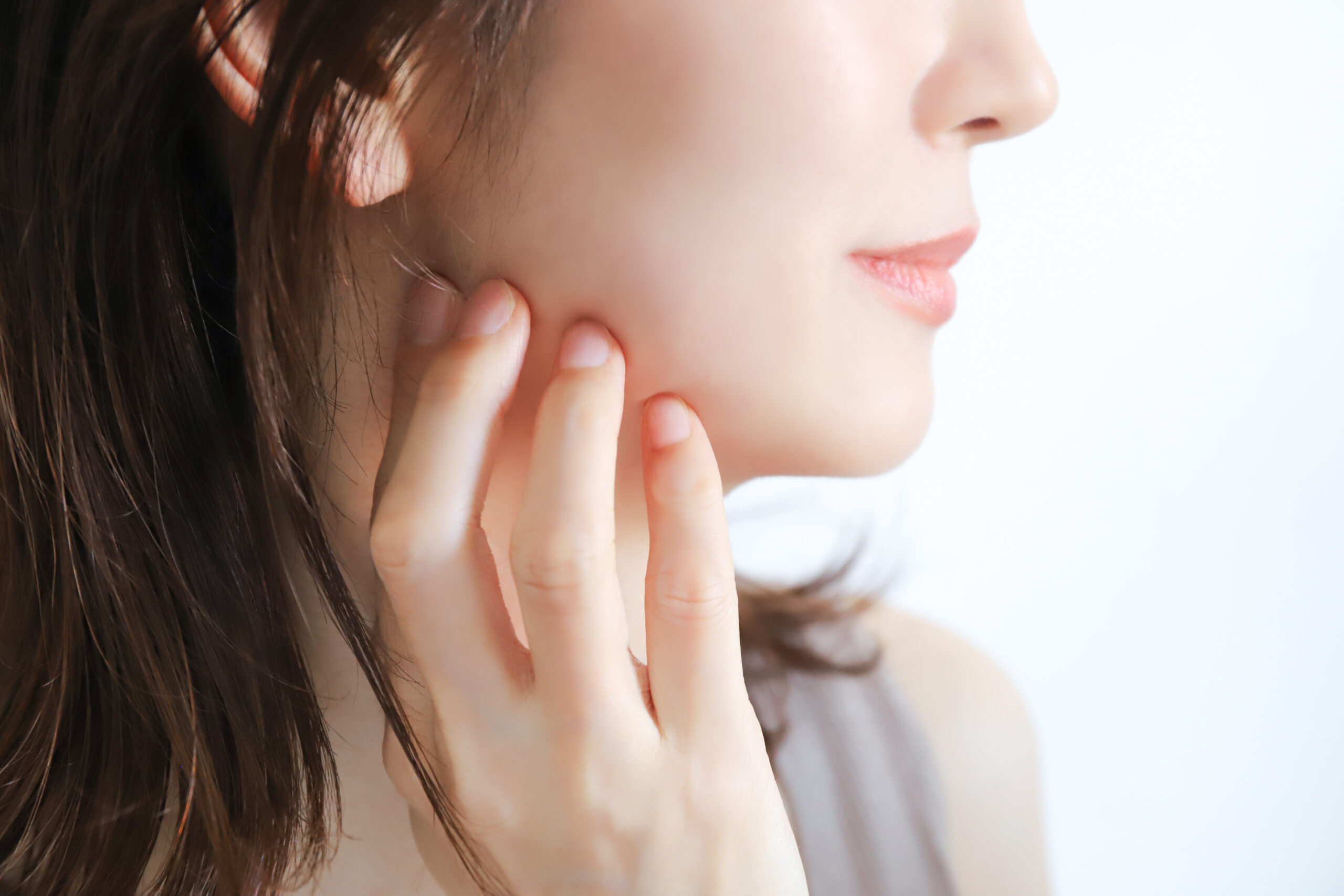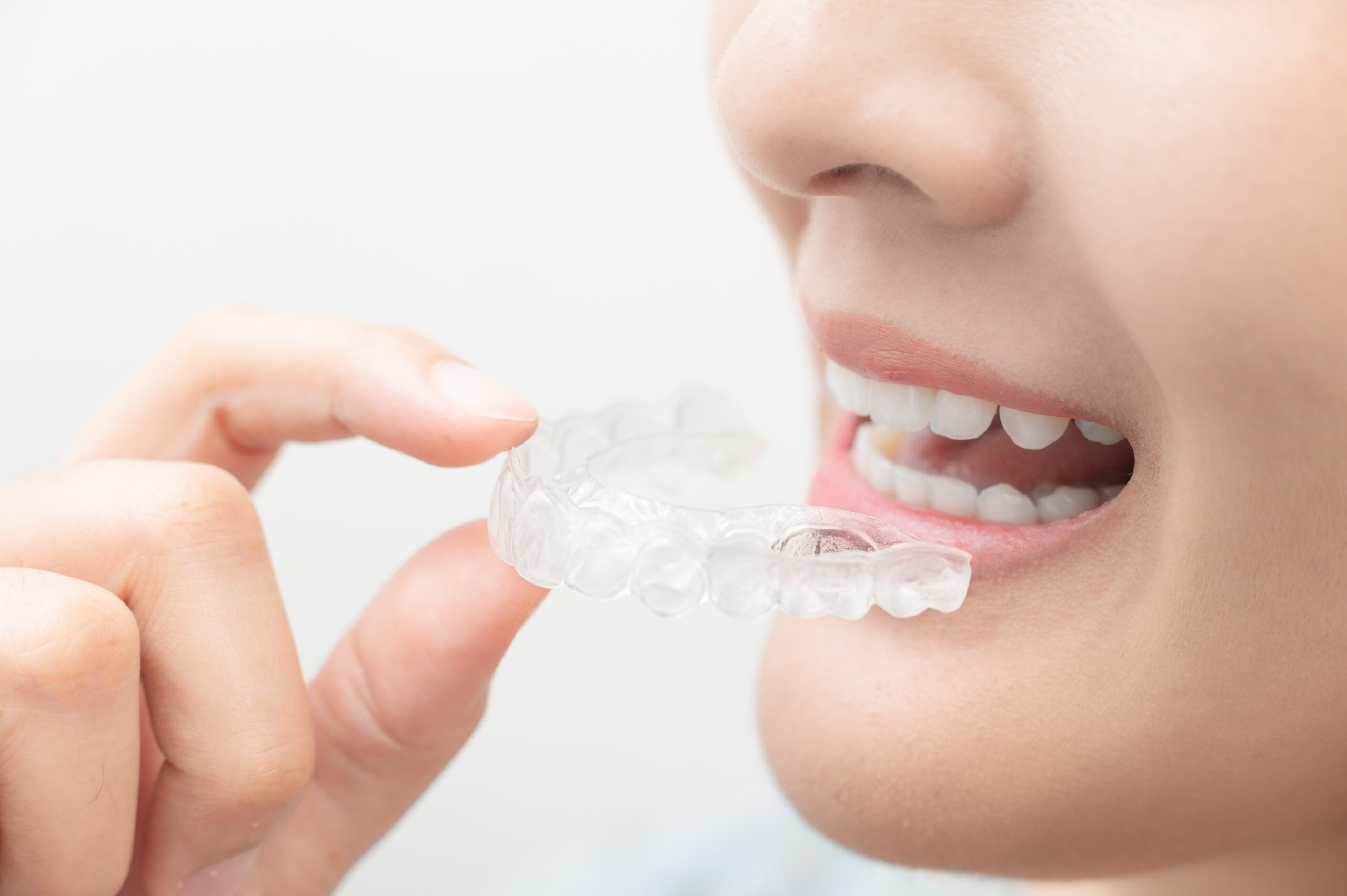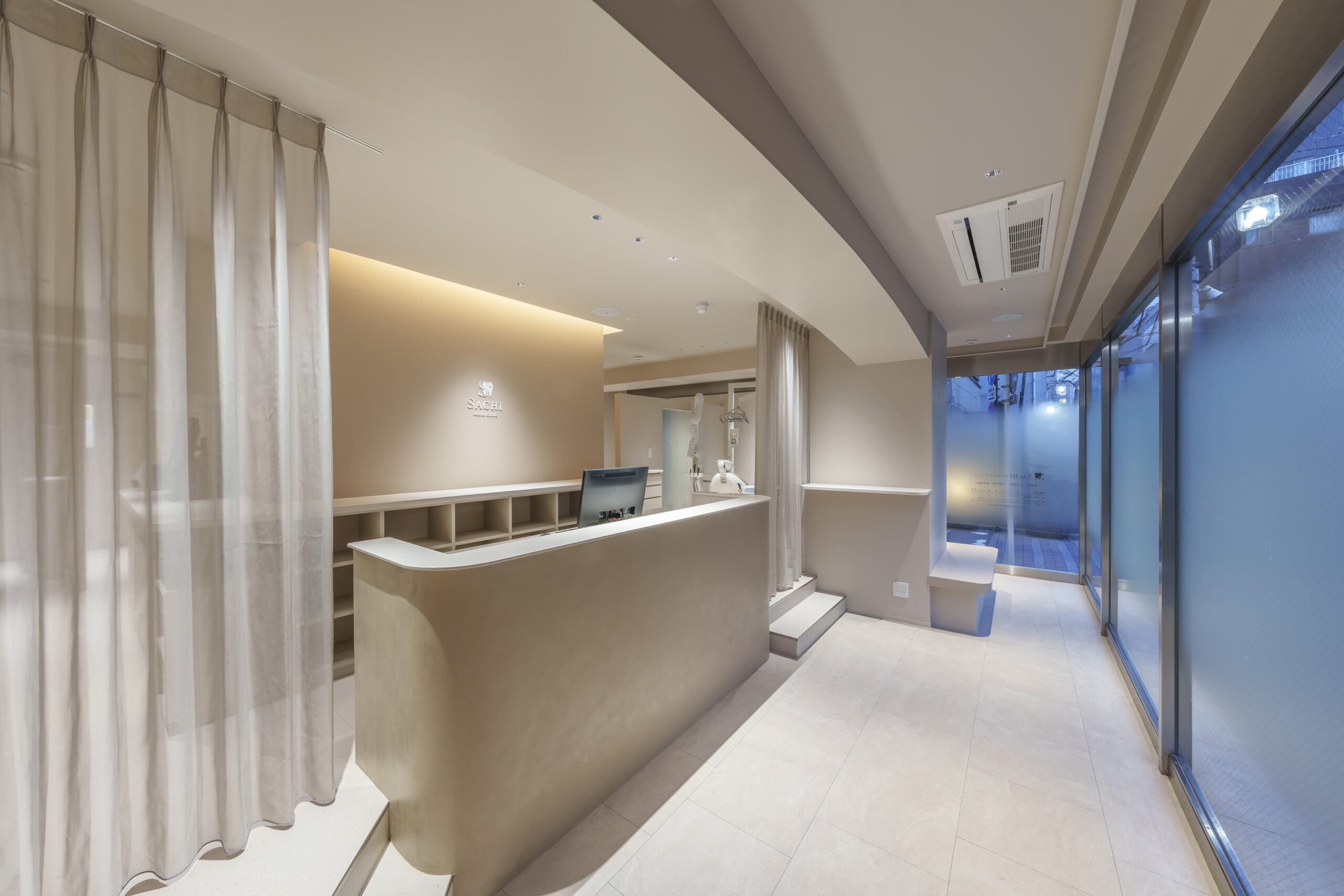Bite Alignment Treatment
Publication Date:
Last Updated:
The Importance of Bite Alignment for Health

“Bite alignment” is not just for chewing food. It significantly impacts overall health. Poor bite alignment can lead to various issues, such as those listed below.
- Headaches
- Shoulder Stiffness
- Neck Pain
- Lower Back Pain
- Dizziness
- Tinnitus
- Indigestion
- TMJ Disorder
- Teeth Grinding and Clenching
- Tooth Fracture
- Worsening of Periodontal Disease
These symptoms may seem unrelated to teeth, but they are often caused by misaligned bite. Ignoring bite issues can worsen symptoms or lead to other diseases. If you feel any discomfort, it is important to visit a dental clinic early for proper diagnosis and treatment.
Causes of Bite Discomfort
There are mainly two causes of bite discomfort.
Improper Height of Fillings or Crowns
After dental treatments like fillings or crowns, if the bite is too high or too low, discomfort may occur. In such cases, adjusting or remaking the fillings or crowns can improve the situation.
TMJ Disorder
TMJ disorder is a condition where abnormalities occur in the jaw joint or the muscles that move the jaw (masticatory muscles), causing symptoms like pain, difficulty opening the mouth, or sounds from the jaw joint.
TMJ disorder is classified as follows based on its pathology.
- Type I Masticatory Muscle Disorder: Main symptoms include pain and stiffness in the muscles that move the jaw (masticatory muscles).
- Type II Joint Capsule and Ligament Disorder: Caused by inflammation or damage to the joint capsule or ligaments surrounding the jaw joint.
- Type III Disc Disorder: Occurs when the disc within the jaw joint (a cushion-like structure) is displaced or deformed.
- Type IIIa Anterior Disc Displacement with Reduction: The displaced disc returns to its original position when opening the mouth, often accompanied by a clicking sound.
- Type IIIb Anterior Disc Displacement without Reduction: The disc does not return to its original position when opening the mouth, causing a condition where the mouth cannot open wide (closed lock).
- Type IV Osteoarthritis: Caused by deformation of the jaw joint bones.
- Type V Others: Conditions not classified above.
Generally, Type III (Disc Disorder) is the most common TMJ disorder, accounting for more than half of all cases. It is said that Type IIIa often progresses to Type IIIb.
[Causes of TMJ Disorder] The causes of TMJ disorder are not singular; multiple factors are believed to be involved.
-
- Poor Bite Alignment
- Teeth Grinding or Clenching
- Poor Posture
- Stress
- Trauma
etc.
TMJ Disorder Treatment

At our clinic, we first conduct interviews, visual examinations, palpations, X-ray examinations, and CT scans to diagnose the causes and severity of TMJ disorder in detail.
Based on this, we develop and propose a treatment plan tailored to each patient.
TMJ Disorder Treatment Methods
The treatment methods for TMJ disorder vary depending on the symptoms and causes, but generally start with conservative treatments like the following.
Lifestyle Guidance
We provide advice to improve lifestyle habits that contribute to TMJ disorder (poor posture, clenching habits, chewing on one side, etc.).
Specifically,
- Maintain Correct Posture
- Avoid Hard Foods
- Chew Evenly on Both Sides
- Relieve Stress
- TCH Correction (Tooth Contacting Habit)
and other points to be mindful of in daily life.
TCH stands for Tooth Contacting Habit, which is the habit of unconsciously contacting the upper and lower teeth. Normally, the upper and lower teeth do not contact when at rest. However, with TCH, weak forces are applied to the teeth and jaw joints over long periods, potentially causing TMJ disorder. Our clinic also provides guidance for TCH correction.
Physical Therapy
We perform physical therapy, such as massage and stretching, to relieve tension in the jaw joints and masticatory muscles. We also provide guidance on simple exercises that can be done at home.
Medication Therapy
If there is severe pain or inflammation, pain relievers and other medications may be prescribed.
Mouthpiece Treatment (Splint Therapy)

Wearing a mouthpiece (splint) during sleep reduces the burden on the jaw joints and teeth caused by grinding and clenching.
There are various types of mouthpieces, and we select the most suitable one based on the patient’s symptoms and jaw joint condition.
-
- Stabilization Type
- Anterior Repositioning Type
etc.
Mouthpieces can be made under insurance coverage. “TMJ Disorder Mouthpiece” is one of the effective treatments for symptom relief.
Surgical Therapy
If symptoms do not improve with the above conservative treatments or if there are structural issues with the jaw joint, surgical treatment may be considered. Surgical treatments include arthroscopic surgery and joint lavage therapy. If surgical treatment is deemed necessary, we will refer you to a university hospital or general hospital with advanced medical facilities that we collaborate with.
Frequently Asked Questions (FAQ)

- Does TMJ disorder heal naturally?
- Mild TMJ disorder may heal naturally. However, if symptoms persist or worsen, it is recommended to visit a dental clinic early. Leaving it untreated can lead to chronic or severe conditions.
- Is TMJ disorder treatment painful?
- TMJ disorder treatment generally starts with painless conservative therapies. Treatments like mouthpiece therapy and physical therapy rarely cause pain.
- How long does TMJ disorder treatment take?
- The duration of TMJ disorder treatment varies depending on the severity of symptoms and the treatment method. Some cases improve in a few weeks, while others may take several months. At our clinic, we develop a treatment plan tailored to each patient’s condition and explain it thoroughly.
- How much does TMJ disorder treatment cost?
- TMJ disorder treatment is mostly covered by insurance. Mouthpiece therapy is also covered by insurance. However, some special treatments and tests may not be covered. Details will be explained during the consultation.
- When do you use a mouthpiece?
- A mouthpiece is mainly worn during sleep to reduce the burden on the jaw joints and teeth caused by grinding and clenching. It may also be recommended for those with daytime clenching habits.
- Are there ways to prevent TMJ disorder?
- While TMJ disorder cannot be completely prevented, being mindful of the following can reduce the risk.
- Maintain Correct Posture
- Avoid Excessive Chewing of Hard Foods
- Chew Evenly on Both Sides
- Relieve Stress
- Have Regular Dental Checkups
- Be Mindful of TCH (Tooth Contacting Habit)
View Other Treatment Options
Treatment Menu
Types of Ceramic Treatments and how to Choose
Treatment Menu
Wisdom Teeth
Treatment Menu
Pediatric Dentistry
Treatment Menu
Orthodontics Invisalign
Treatment Menu
Dental Check-ups and Preventive Dentistry
Treatment Menu
Root Canal Treatment
Treatment Menu
Periodontal Disease Treatment
Treatment Menu
Whitening
Treatment Menu
Cosmetic Dentistry

